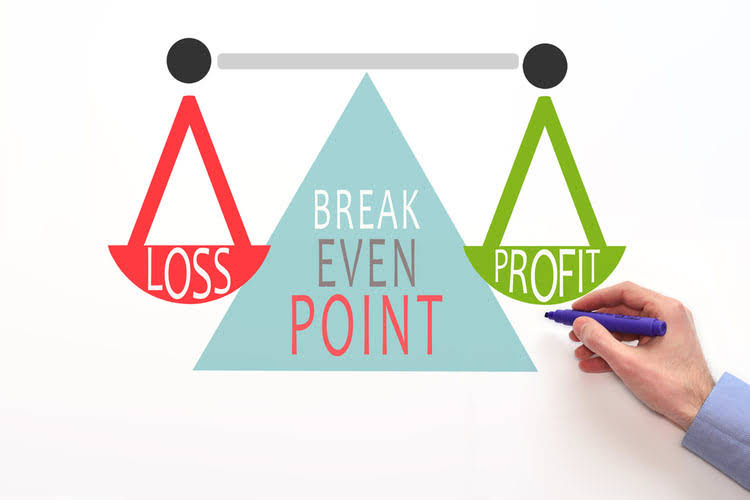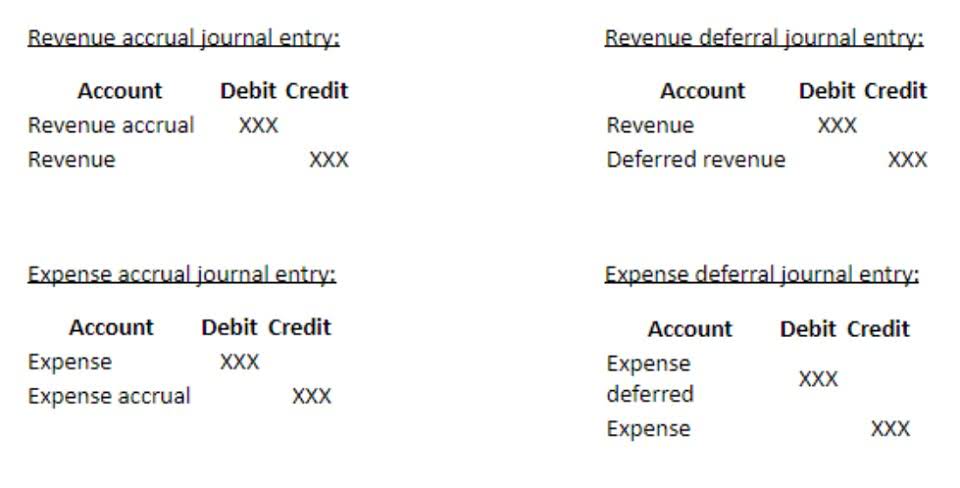Closing Entry Definition, Explanation, and Examples

Explore how SolveXia’s automation solutions can transform your closing process and elevate your financial operations to the next level. Finally, close the dividends account by crediting dividends directly to retained earnings. This reflects the reduction in retained earnings due to distributions to shareholders by debiting retained earnings. Journal entries prepared at the end of the accounting period to zero out the revenue, expense, and dividend accounts so accounting can begin for the next period.
How to Close Revenue Accounts

Because expenses are decreased by credits, you must credit the account and debit the income summary account. When you gross vs net manage your accounting books by hand, you are responsible for a lot of nitty-gritty details. One of your responsibilities is creating closing entries at the end of each accounting period. Disposal of assets is recorded by debiting cash received and crediting the asset account for its book value. Settlement of liabilities involves debiting the liabilities and crediting cash or other payment forms, ensuring that all financial responsibilities are resolved.
- Grasping the difference between temporary and permanent accounts is key to understanding the accounting cycle.
- The retained earnings are calculated after taxes have been accounted for, which are a critical financial consideration for any business.
- To do closing journal entries, start by closing all revenue accounts into an Income Summary account.
- When dividends are declared by corporations, they are usually recorded by debiting Dividends Payable and crediting Retained Earnings.
- To ensure your financials accurately represent your business activity, the Income Summary account is essential.
- Whatever accounting period you select, make sure to be consistent and not jump between frequencies.
Impact on Corporations: Dividends, Retained Earnings, and Beyond

Well, in accounting that speaks volumes, especially when it comes to prioritizing adjusting entries over closing entries. They ensure that the financial statements reflect the true income and expenses that belong to the period, which is crucial for precise account reconciliation. The next step is to repeat the same process for your business’s expenses. All expenses can be closed out by crediting the expense accounts and debiting the income summary. Notice that the balances in the expense accounts are now zero and are ready to accumulate expenses in the next period. The Income Summary account has a new credit balance of $4,665, which is the difference between revenues and expenses in Figure 1.29.

Temporary Accounts Vs Permanent Accounts

If your revenues are greater than your expenses, you will debit your income summary account and credit your retained earnings account. Without closing revenue accounts, you wouldn’t be able to compare how much your business earns each period because the amount would build up. And without closing expense accounts, you couldn’t compare your business expenses from period to period. Clearing temporary accounts is performed through closing entries, which zero out the balances. As the drawings account is a contra equity account and not an expense account, it is closed to the capital account and not the income summary or retained earnings account.

Organizations can achieve a 40% increase in close productivity, resulting in a more streamlined financial close process and allowing your team to focus on more strategic activities. The trial balance is like a snapshot closing entries of your business’s financial health at a specific moment. In this case, we can see the snapshot of the opening trial balance below. Any account listed on the balance sheet is a permanent account, barring paid dividends. On the balance sheet, $75 of cash held today is still valued at $75 next year, even if it is not spent.
Closing Entry
The proper disposition of fixed assets and resolution of loans is fundamental to completing the closure process seamlessly. Each of these steps contributes to a clear and responsible business wind-down. Each sale transaction must be accurately recorded to reflect the cash inflow and reduce the asset balance. Liquidating current assets involves converting assets into cash to facilitate Sales Forecasting the business closure.

Deixe uma resposta
Want to join the discussion?Feel free to contribute!